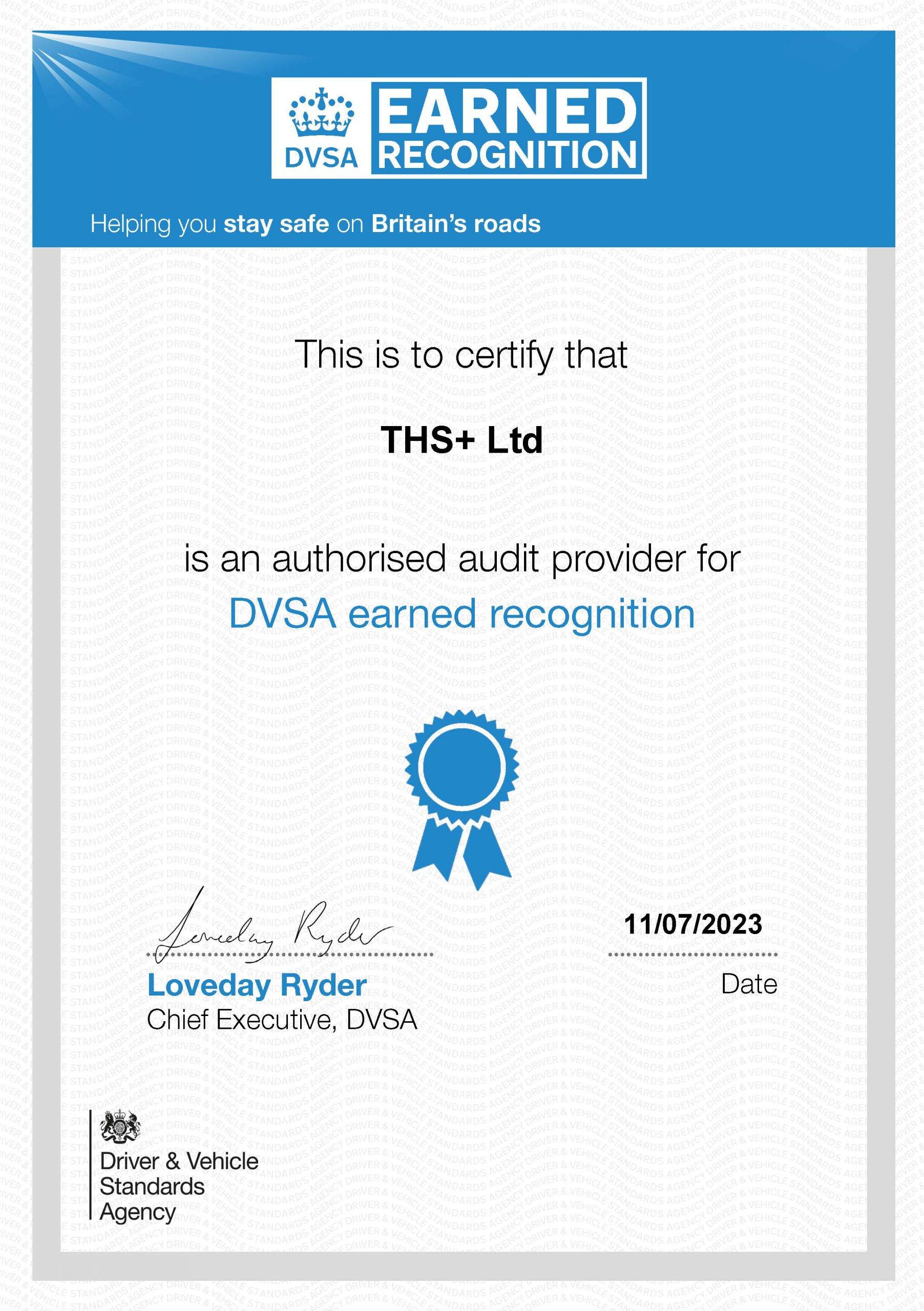HSE principal inspector Amy Kalay explains how a Friday afternoon turned to tragedy at a Birmingham haulage yard.
On 30 August 2019, depot manager for Turners (Soham) Ltd Neil Roberts was leaving work when he was struck and fatally injured by a vehicle reversing out of a maintenance bay.
We spoke to HSE principal inspector Amy Kalay about how this happened and what IOSH members can learn from this tragic, albeit apparently straightforward incident.
THE INCIDENT
‘Neil was the depot manager for Turners, operating out of premises on Inkerman Street in Birmingham. The site itself was owned by The Haulage Group Ltd,’ explained Amy.
‘He was leaving work at around 4.30pm on the afternoon of 30 August 2019. It was a Friday, he was preparing for the weekend, and in order to leave the premises he had to retrieve his car, which was parked in the farthest corner of the transport yard.
‘In doing so, he took the most convenient route, which was diagonally across the yard. Unfortunately, as he was walking across the yard, an HGV cab reversed out of a maintenance bay, striking and fatally injuring him.’
THE INVESTIGATION
‘Two of my team visited the yard soon after the incident occurred. It proved to be a fairly straightforward investigation because it was clear from the onset that workplace transport had not been managed effectively at that site,’ Amy said.
‘The reason for that is because both companies occupying the site – Turners, which was the tenant; and Haulage Group, which was the owner – had not adequately assessed the risk associated with workplace transport. As a result, there were no marked walkways and no effective barriers in place to guide pedestrians to walk a safe route. Our investigation found that it was custom and practice for all operatives using that yard to just take the most convenient route, often the shortest route around the yard.
THE JUDGE FOUND LEADING CULPABILITY ON BOTH OF THE COMPANIES, SO HE FOUND THEM EQUALLY ACCOUNTABLE FOR THE FAILINGS. THE FINE LEVELS WERE ATTRIBUTABLE TO EACH COMPANY’S TURNOVER
‘This situation was perhaps especially surprising given the fact that Turners is one of the biggest haulage companies in the UK. One would have expected, even if as in this case Turners didn’t own the site, the company would have had influence over how it was managed.’
THE PROSECUTION
Suffolk-based Turners (Soham) Limited pleaded guilty to breaching section 2(1) and Section 3(1) of the Health and Safety at Work Act. The company was fined £1.9 million and ordered to pay costs of £7,300.
The Haulage Group Ltd (previously known as Howell Group Ltd) also pleaded guilty to breaching sections 2(1) and 3(1) of the Health and Safety at Work Act. The company was fined £300,000 and ordered to pay costs of £7,300.
‘Both companies had responsibility for managing health and safety at that site: section 2 and section 3 of the Health and Safety at Work Act applied equally to both organisations,’ noted Amy.
‘The judge found leading culpability on both of the companies, so he found them equally accountable for the failings. The fine levels were attributable to each company’s turnover.’
WHAT CAN IOSH MEMBERS LEARN FROM THIS CASE?
‘All companies who share sites have a legal duty to co-operate and co-ordinate health and safety management arrangements to ensure the safety of all employees working at that site, and of others who may be affected by work activity undertaken at those site,’ said Amy.
‘There are obvious risks present within transport yards, the main one being persons being struck by vehicles. Occupiers/owners of such yards must ensure the safety of pedestrians. One of the ways in which they can do this is via implementation of adequate segregation so that pedestrians can be away from transport and the likelihood of them being struck by transport can be eliminated.
‘If the companies involved in this case had acted to identify and manage the risks involved, and put a safe system of work in place, this incident would not have happened.’
For more advice regarding workplace transport, HSE guidance can be found here.








